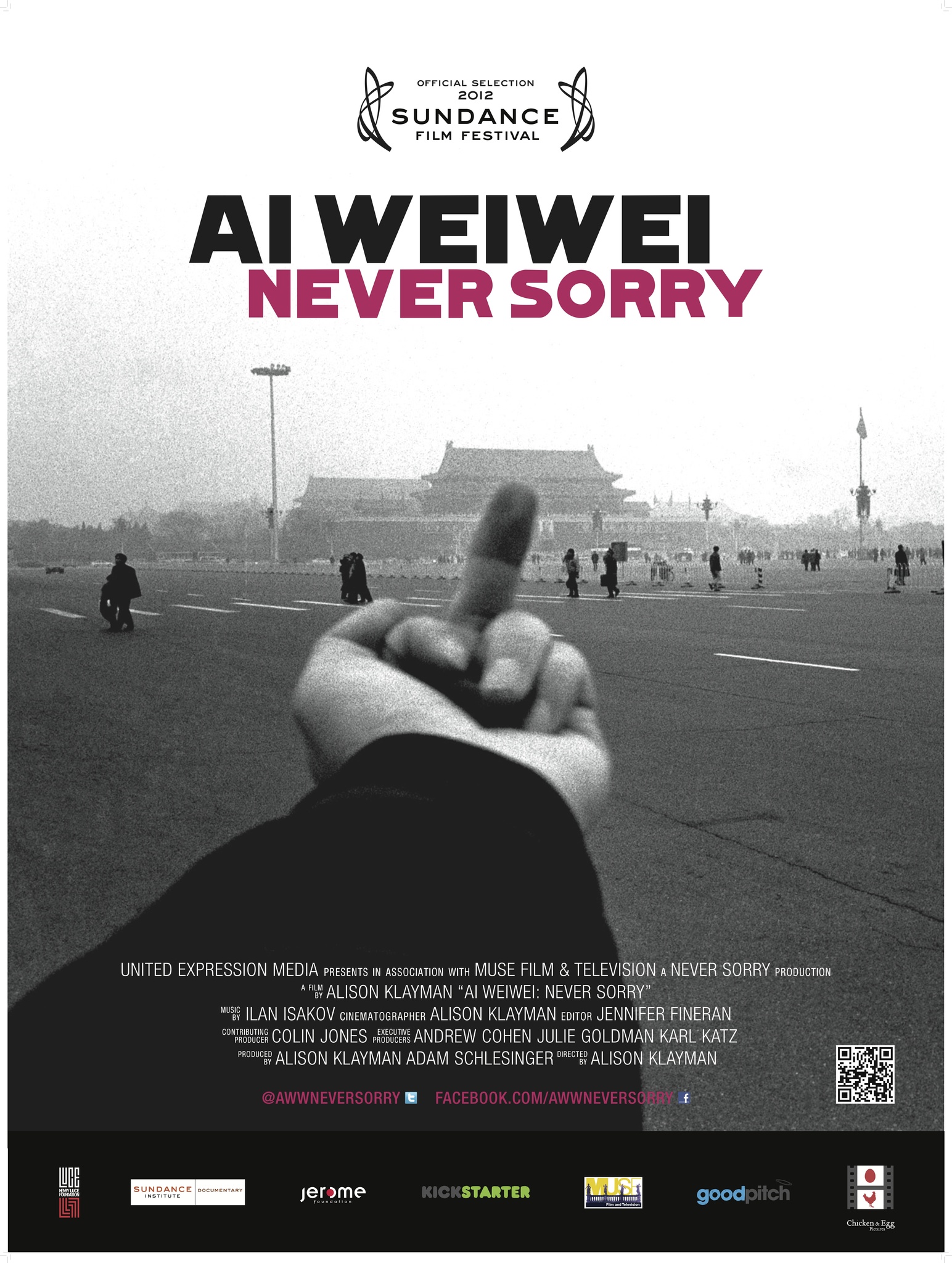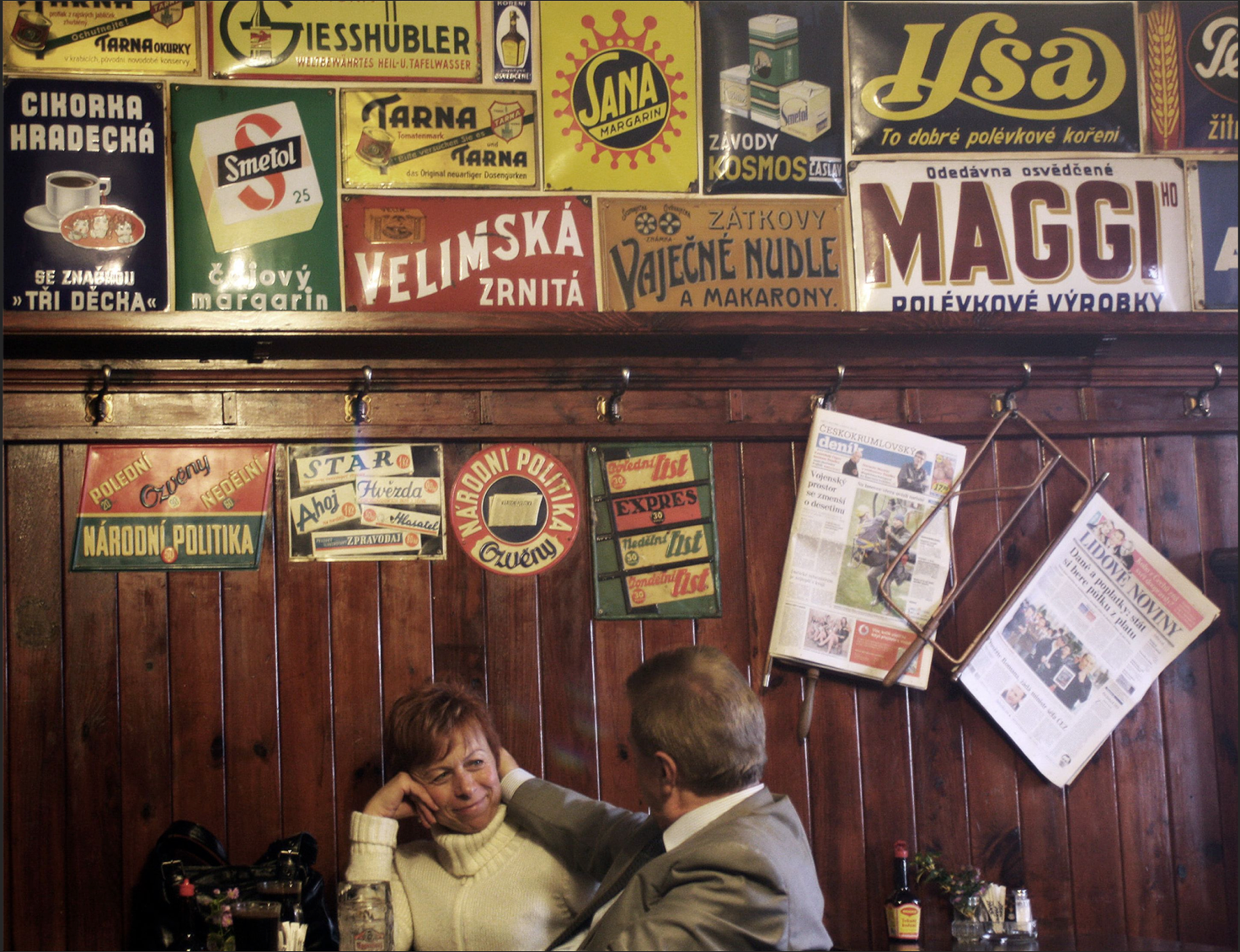I just filled out an application to become a part-time graphic design teacher at an alternative school. Naturally, the first question they ask is why do you want to be a teacher. In many ways, I had to stop myself from typing, "BECAUSE F*CK THE ESTABLISHMENT, THAT'S WHY!" And while I didn't think that starting off an application with a slew of curse words longer than a N.W.A. song was the best idea, the overall sentiment is perhaps still the same.
I said I was interested in teaching because:
- I'd like to offer exposure to atypical career trajectory
- Want to encourage alternative education in the forms of what's available in public access, community, self-taught whatever, etc.
- I'm more of an asker than a teller. I explained how I just read a book called, Humble Inquiry which says that the most dangerous thing in American culture is that we tend to do a ton more telling than asking. As a result, people are made to feel dumb for asking questions and keep quiet. Humility is not valued in this type of environment. I'd love to create a classroom focused more on asking questions rather than telling students what I know, what they did wrong, etc. I feel this is especially valuable in an artistic classroom where, isn't design subjective anyway?
- Celebrate students' authenticity. Both personal and professional
- Don't want students to make the same mistakes I did or am still making
I wish I could change that last bullet to a past-tense phrase but truth-be-told, I am still making many, many mistakes in my career. Most recently, I'm upset with forgetting who I am and what I believe in, especially in the workplace. When I think about what I value, I care about real art/design (art-art, performance art, film, music, etc.). I care about work/life balance. I try to be healthy and environmentally conscious. And people/culture. I care about connections and relationships with people.
So where does punk rock come into play in all this?
As a former dedicated member of the Misfits field club and attender of hundreds and hundreds of small DIY shows, I've learned so many more valuable lessons in teamwork, dedication, and community than I ever had in any corporate office. Let's not forget what punk rock teaches above all else: that you should be free to be whoever you want to be. Don't let society tell you what defines success and what it looks like. Refuse to be put in a box, especially in a box that someone else made for you. "Do It Yourself," a core value of punk rock, is the ultimate reminder to find your own way to do you.
If I'm able to go into a classroom and teach students to DIY their design, their life, whatever and to offer them a safe space to explore/reclaim/question/confirm who they are, that would be an establishment that I would be proud to be a part of. An anti-anti establishment, of course.

















